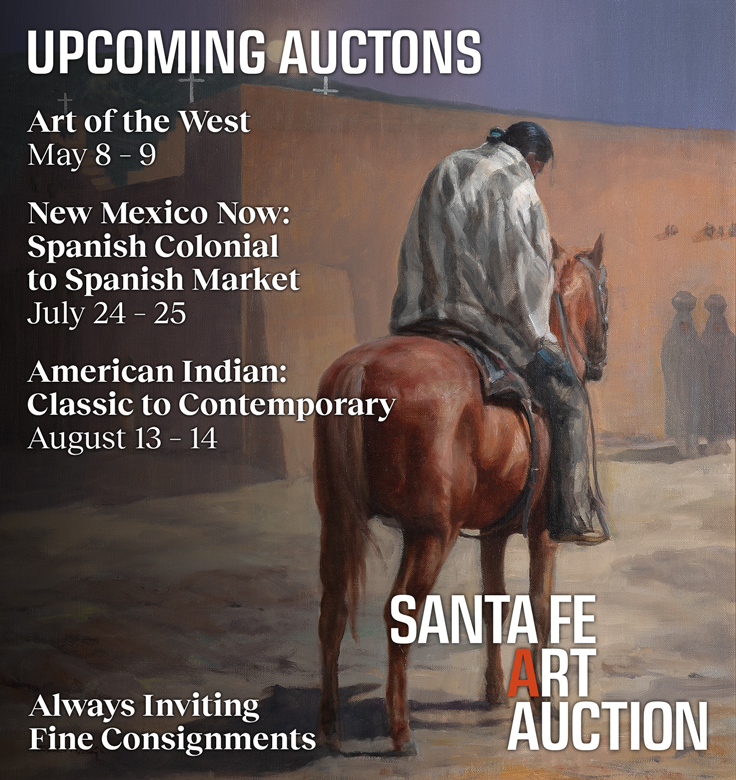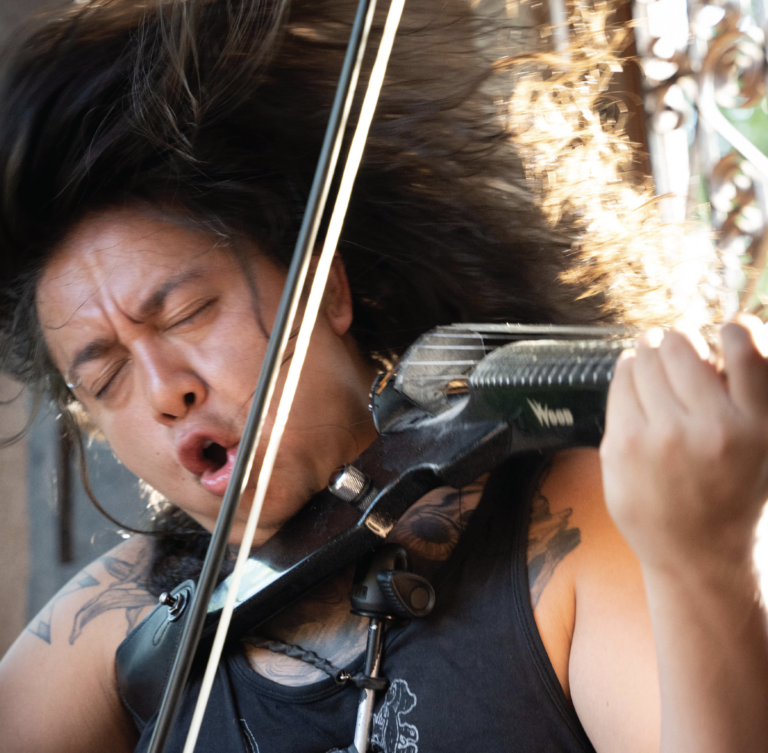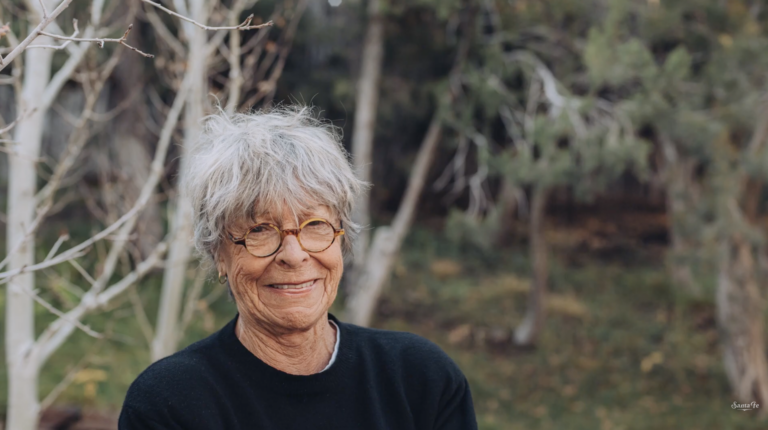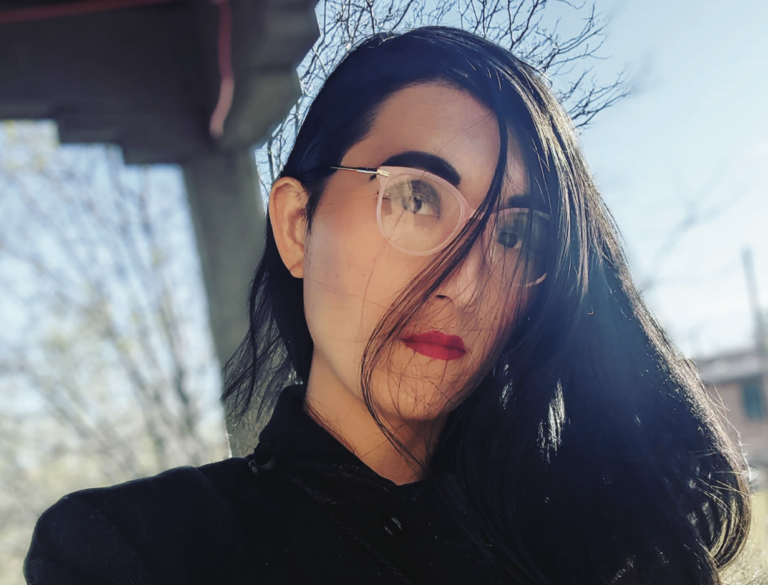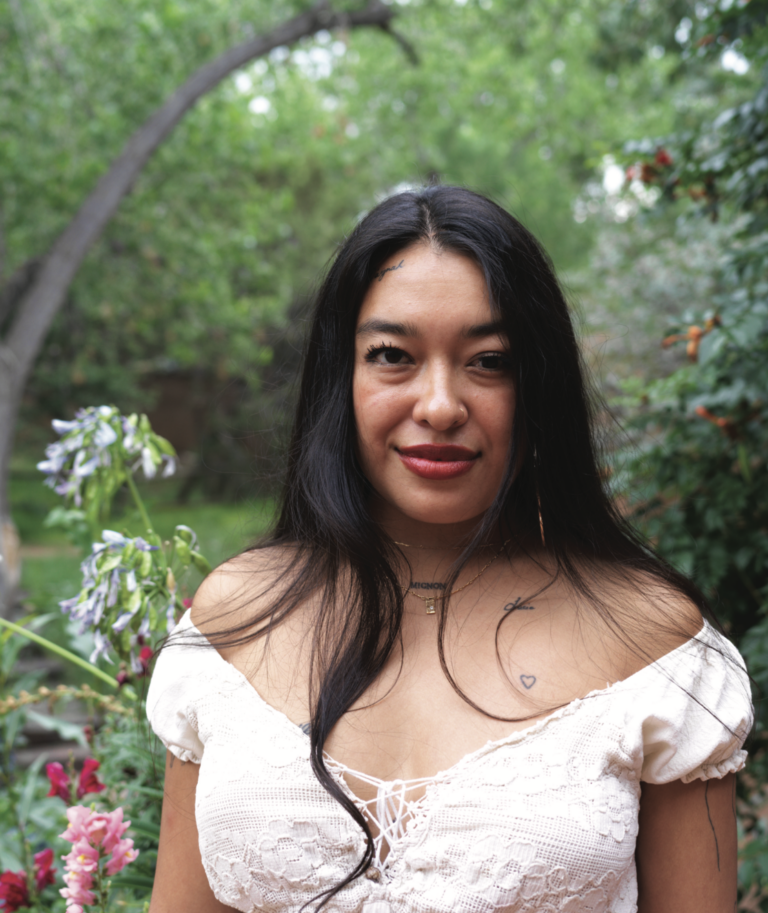WHEN YOU VISIT SAY, TAMPA or Kansas City, most locals you run into either are from there or have moved there for business. Not so much in Santa Fe. Here, people come from far and wide to experience a unique sense of place.
Lucy Lippard grew up in New York, where she became a revolutionary art critic, curator, historian, and author. Most notably, she was an early champion of feminist art. In her book Lure of the Local, she digs into why a sense of place is so important.
For the past 25 years, surprisingly, her home has been in Galisteo. She’s the village historian, recently publishing an exhaustive tome on the Galisteo Basin and regularly putting out the community newsletter. As her neighbor, I can vouch for the fact that every month, the whole town anxiously awaits for that newsletter to appear in our mailboxes.
Lucy’s tiny kitchen has expansive views of the open plains around Cerro Pelon. We had coffee as I asked her about sense of place and why people are drawn to Santa Fe.
In Lure of the Local, you say “community is as elusive a concept as home.”
I was born in New York and moved back after college. I was on the Lower East Side, the Bowery, and finally, in 1968, found a then-illegal loft in the early SoHo of light manufacturers and, increasingly, artists. I saw it all change into a boutique/gallery neighborhood. Places change. Your home changes.
My great-grandparents and grandparents lived in the West. I grew up with my grandmother’s stories of riding across the plains on Indian ponies, which always appealed to me since I was a horse-crazy teenager. I had always wanted to live in the West – to be a “cowboy’s sweetheart” or just a cowgirl. So when my parents died, I could leave Soho.
I lived one semester annually in Boulder for nine years and had great friends and a political community there. But it was so white. And the megalopolis between Denver and Boulder was beginning to dominate. So that was out.
I first came to New Mexico in 1972 and had always wanted to move here. In 1985, I was in Santa Fe to visit my friend Judy Chicago. We went out at night and climbed over petroglyphs on the Galisteo hogback to see Halley’s Comet. It was amazing. I finally saw the village in daylight when my friend Harmony Hammond bought a place there. I visited her and noticed real estate signs on the land across the creek. And now it’s home.
But “home” or “place” is not just about landscape. British geographer Denis Cosgrove defines landscape as “the external world mediated through human subjective experience.” I’d define place that way – the cultural landscape.
What I’m getting at is that place is really about people. New Mexico is so often talked about as the land of enchantment as if it’s only a mythic landscape where the people don’t count. And don’t forget that part of its identity is that it’s one of the very poorest states in the union.
Our landscape gets romanticized like crazy. Everyone talks about the mountains and the light – which I’m certainly not allergic to. I love them too, but that’s not what place means to me. It’s not about these outside factors, it’s about community. It’s about who lives here and how they live in a place, the sociodynamics and land use. That’s as important as the gorgeousness out the window. Here it’s also about crossing cultures – the ghosts from the Tano Pueblo and the longtime Hispano families who are still here.
It’s changed since I moved here almost 30 years ago. It’s much more gentrified. You and I are part of that. But there is a uniqueness in the combination of beauty and community and the changing demographics, the complicated social and regional interactions – it’s all fascinating. Never a dull moment!
WANT TO READ MORE? SUBSCRIBE TO SANTA FE MAGAZINE HERE!
Photo SFM

